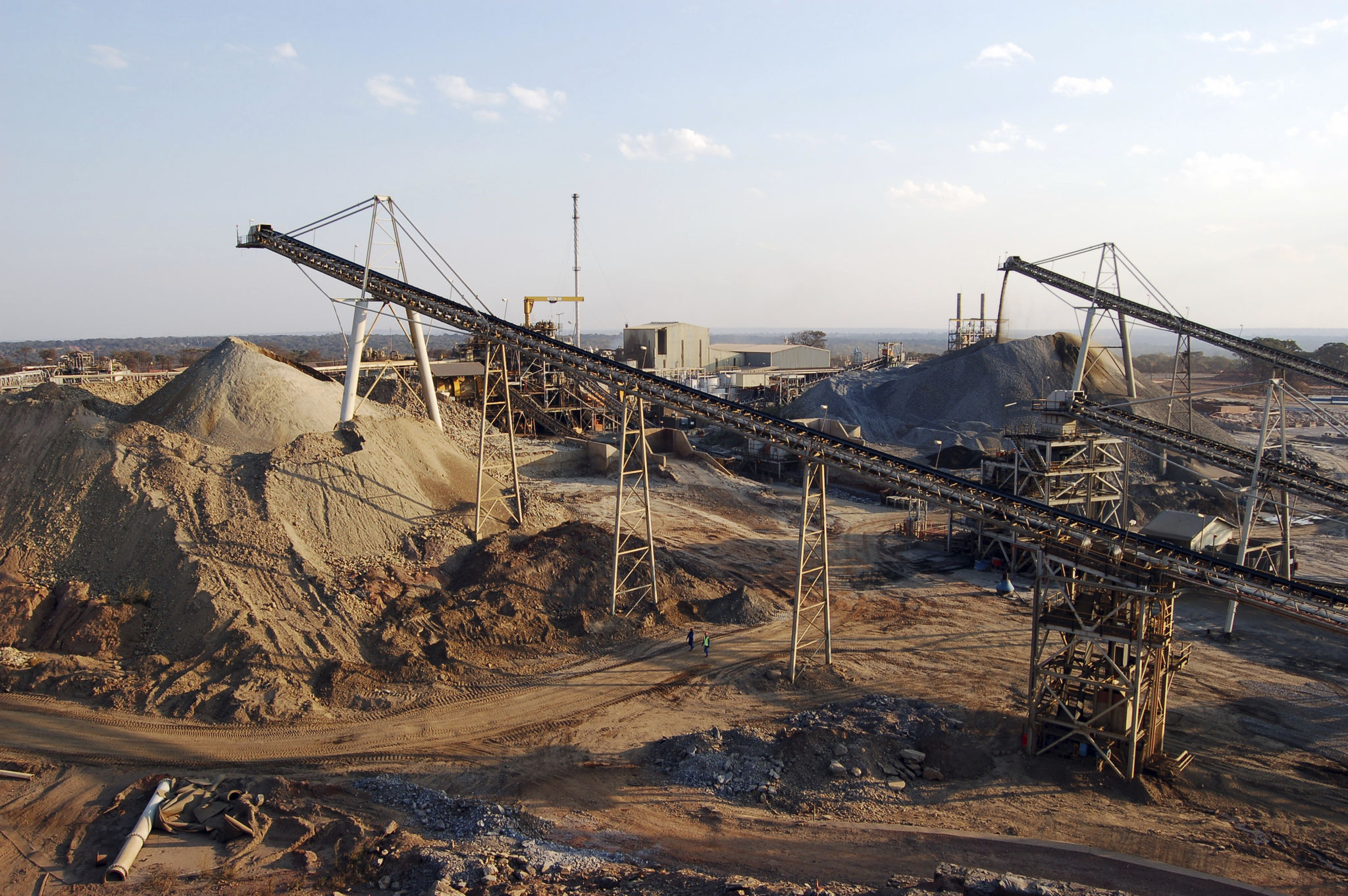A Guide to Understanding Copper-Gold Anomalies in Zambia
Introduction to Copper-Gold Anomalies
Zambia, a country renowned for its rich mineral deposits, is home to numerous copper-gold anomalies that present significant opportunities for exploration and mining. Understanding these anomalies is crucial for mining companies and investors aiming to tap into Zambia's mineral wealth. This guide provides an in-depth look at what copper-gold anomalies are, how they are formed, and their significance in Zambia's mining industry.

What Are Copper-Gold Anomalies?
Copper-gold anomalies refer to geological formations where both copper and gold are found in unusually high concentrations. These anomalies often indicate the presence of mineral-rich zones that can be economically viable for extraction. In Zambia, these formations are predominantly associated with the Central African Copperbelt, one of the largest metallogenic provinces in the world.
The occurrence of these anomalies is often influenced by several geological processes, including hydrothermal alterations and tectonic activities. Understanding these processes helps geologists identify potential mining sites and assess their economic viability.
Formation of Copper-Gold Anomalies
The formation of copper-gold anomalies in Zambia is largely attributed to the region's unique geological history. The interplay between tectonic shifts and volcanic activities over millions of years has created the perfect conditions for these valuable minerals to concentrate.

Hydrothermal fluids, rich in minerals, move through faults and fractures in the earth's crust, depositing copper and gold as they cool and react with surrounding rocks. This process often results in the creation of extensive mineralized zones that can be targeted for exploration.
Exploration Techniques
Discovering copper-gold anomalies requires a combination of advanced exploration techniques. Geophysical methods, such as magnetic and gravity surveys, are employed to identify variations in the earth's magnetic field and density that may indicate the presence of mineral deposits.
- Geochemical Analysis: Soil and rock samples are analyzed for trace elements that suggest the presence of copper and gold.
- Drilling: Core drilling provides direct evidence of mineralization by extracting samples from below the surface.

Significance in Zambia's Economy
Copper-gold anomalies play a significant role in Zambia's economy. The mining sector is a major contributor to the country's GDP and employment. Successful identification and exploitation of these anomalies can lead to substantial economic benefits, including increased foreign investment and infrastructure development.
The Zambian government has implemented policies to encourage exploration and investment in the mining sector. These efforts have positioned Zambia as a leading destination for mineral exploration in Africa.
Challenges and Considerations
While the potential rewards of exploring copper-gold anomalies in Zambia are substantial, there are challenges that must be addressed. Environmental considerations, regulatory compliance, and community engagement are critical aspects that mining companies need to manage responsibly.
Balancing economic growth with environmental stewardship is essential for sustainable development. Companies are encouraged to adopt best practices in environmental management and work closely with local communities to ensure mutual benefits.

Conclusion
Understanding copper-gold anomalies in Zambia is vital for unlocking the country's mineral potential. Through advanced exploration techniques and responsible mining practices, Zambia can continue to harness its rich natural resources for economic growth. As the demand for copper and gold increases globally, the strategic importance of these anomalies will only grow, making Zambia an attractive prospect for future investments in the mining sector.
